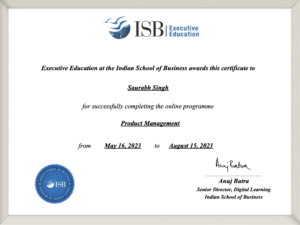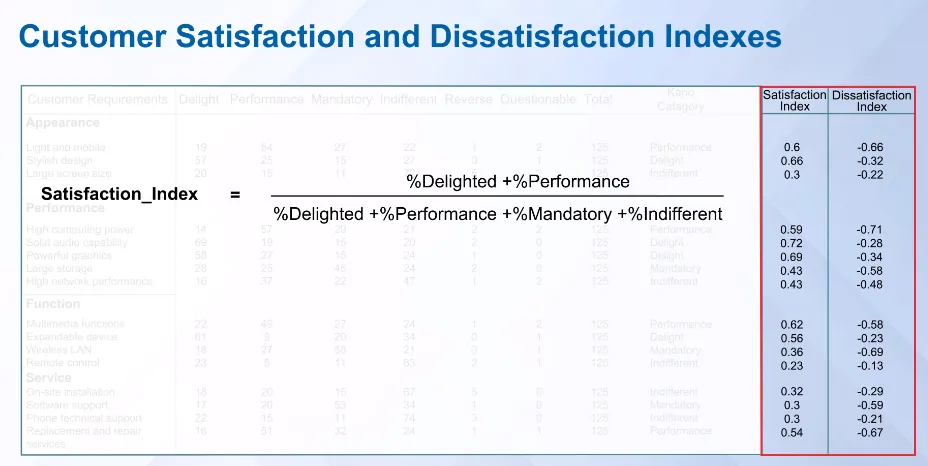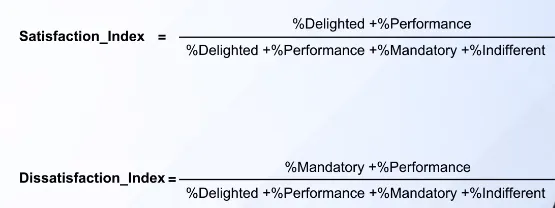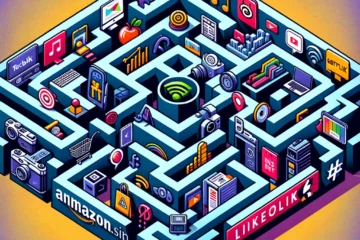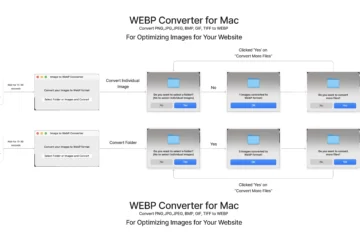In Short…
- Analyse strategies and frameworks for developing and marketing a new product.
- Evaluate product road-mapping and prototyping decisions using various product management techniques and practices.
- Identify the most important attributes/features in the product/services through the explicit response methods.
- Determine the priority features for product design to satisfy customer needs by using the Kano Model.
- Discover the consumers’s latent needs through the factor analysis method.
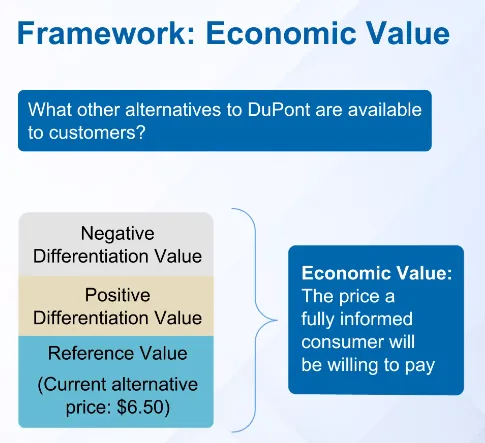

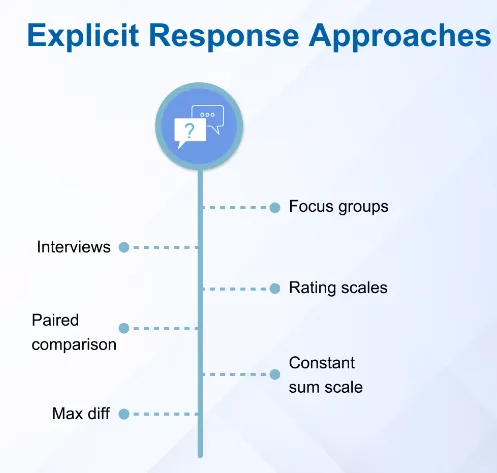
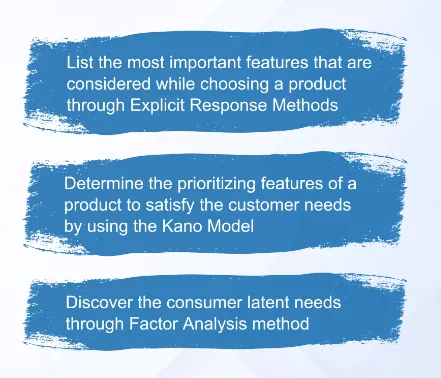
Understanding Consumer Preferences: Explicit Response Methods
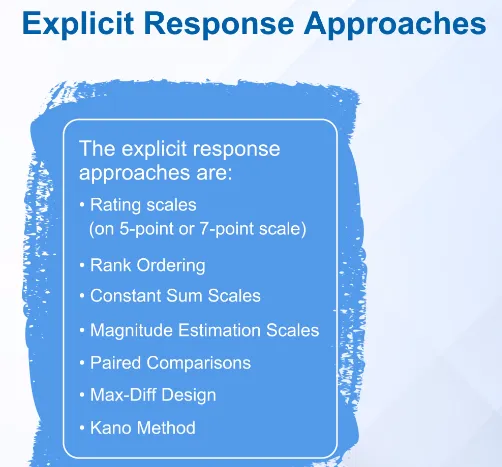
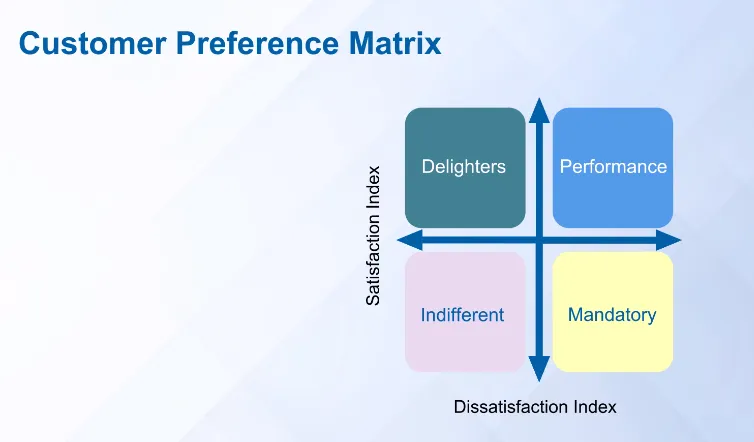
Kano Method
Kano analysis is a tool for understanding customer satisfaction. It was developed by Noriaki Kano in the 1980s, and it is based on the idea that customer satisfaction is not just about meeting customer expectations, but also about exceeding them.
Kano analysis divides customer requirements into five categories:
- Must-be requirements: These are the basic requirements that customers expect. If a product does not meet these requirements, customers will be dissatisfied.
- One-dimensional requirements: These are the requirements that customers appreciate when they are met, but they do not add a lot of value to the product.
- Attractive requirements: These are the requirements that delight customers when they are met. They can significantly increase customer satisfaction.
- Indifferent requirements: These are the requirements that customers do not care about either way.
- Reverse requirements: These are the requirements that customers actually dislike. If a product has these requirements, customers will be dissatisfied.
Kano analysis can be used to prioritize customer requirements and to identify the features that will have the biggest impact on customer satisfaction. It can also be used to improve existing products and services.
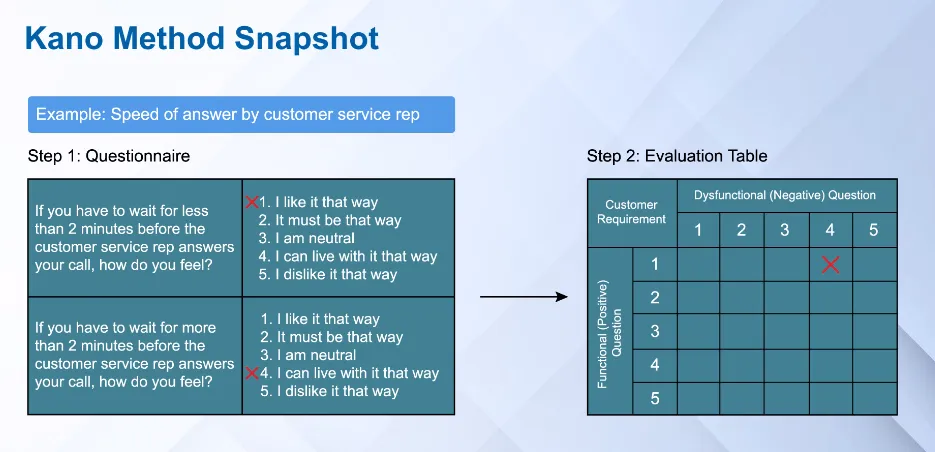
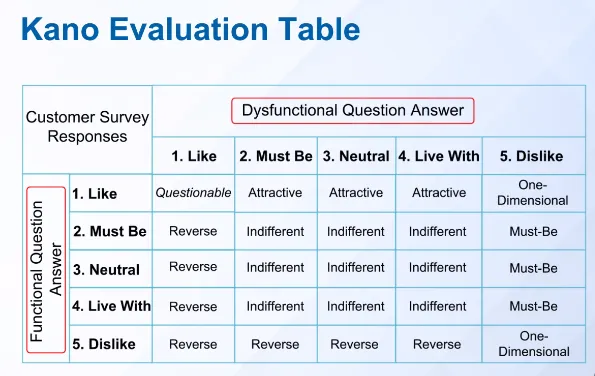

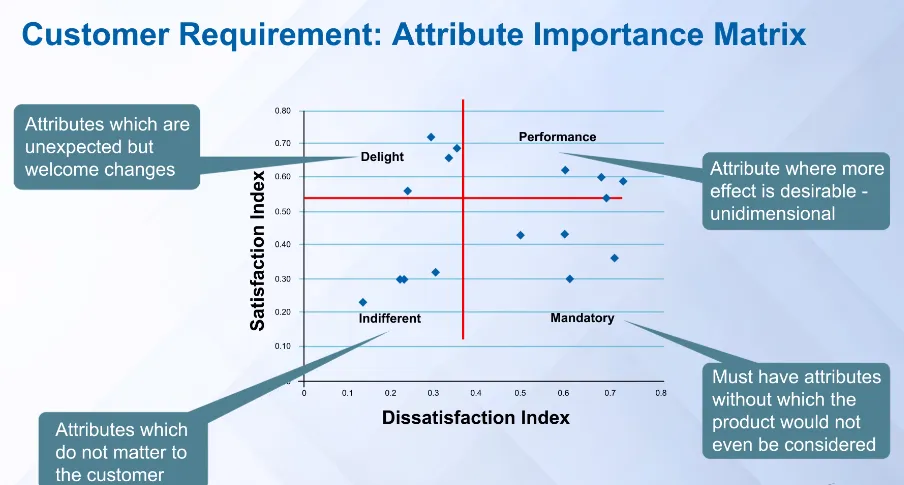
Example of Kano Analysis
Here is an example of how Kano analysis can be used. Let’s say you are developing a new smartphone. You would start by identifying the customer requirements for the smartphone. Some of these requirements might include:
- The phone must be able to make and receive calls.
- The phone must have a good camera.
- The phone must be able to run the latest apps.
- The phone must have a long battery life.
Once you have identified the customer requirements, you would use Kano analysis to classify them into the five categories.
- The requirements that are essential for the product, such as the ability to make and receive calls, would be classified as must-be requirements.
- The requirements that customers appreciate, such as a good camera, would be classified as one-dimensional requirements.
- The requirements that delight customers, such as the ability to run the latest apps, would be classified as attractive requirements.
- The requirements that customers do not care about either way, such as the color of the phone, would be classified as indifferent requirements.
- The requirements that customers actually dislike, such as a short battery life, would be classified as reverse requirements.
By classifying the customer requirements in this way, you can prioritize the requirements that will have the biggest impact on customer satisfaction. You can also use this information to improve the existing product or service. For example, if you find that the battery life of your smartphone is a reverse requirement, you can work to improve the battery life of the phone. This will make the phone more satisfying to customers and it will increase customer loyalty.
Kano analysis is a powerful tool that can be used to improve customer satisfaction. It is a valuable tool for product managers, designers, and anyone else who is involved in the development of products and services.
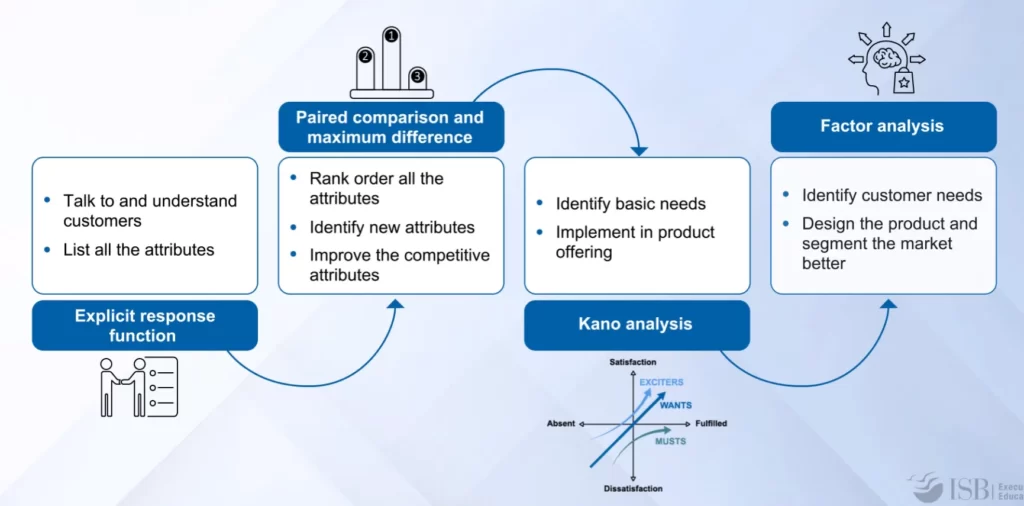
Note: These are notes from the ISB Executive Education – Product Management program for my personal consumption.
In case you are looking for a Product Management course, I would highly recommend joining this cohort-based course.
PS: You can connect with me for review or referral discount (link for referral discount)
